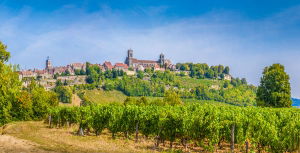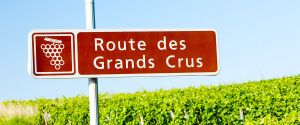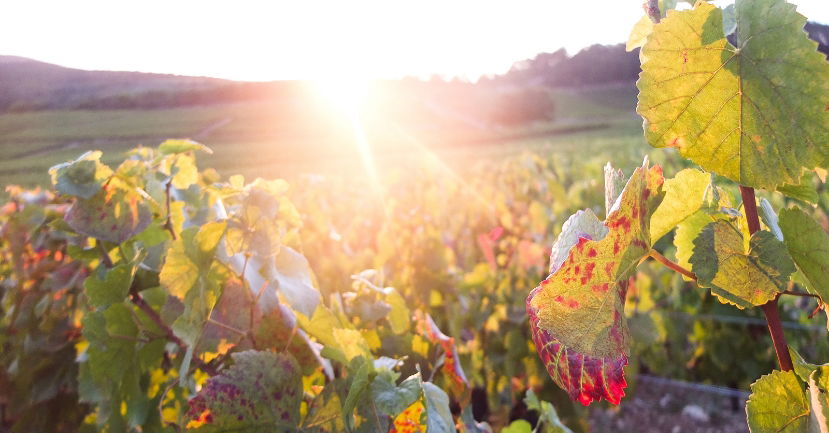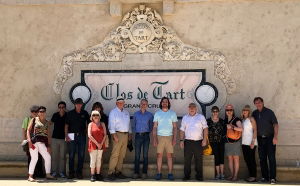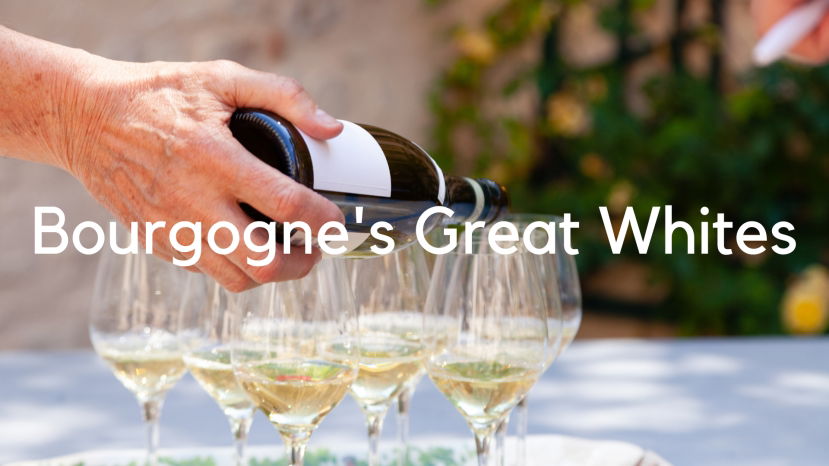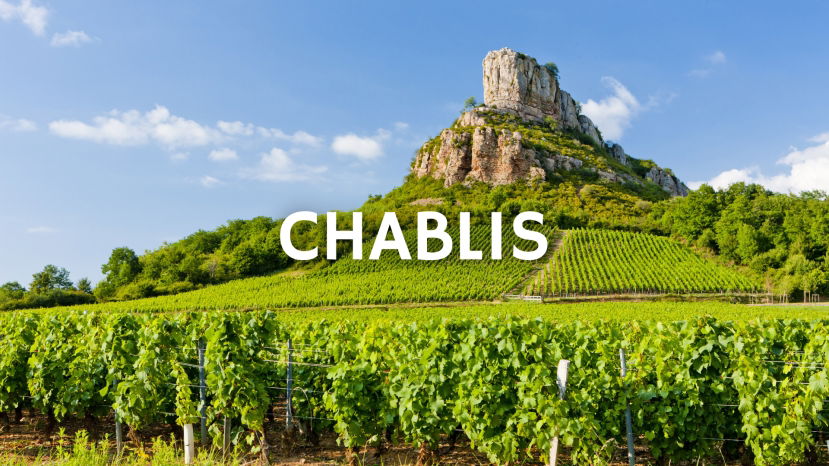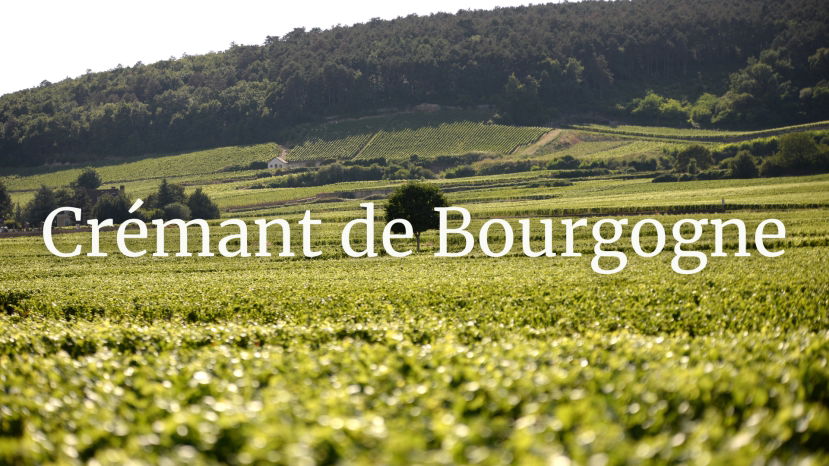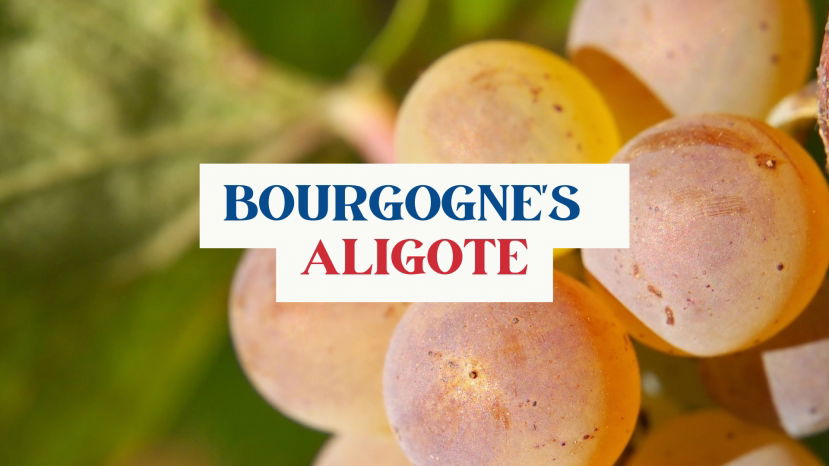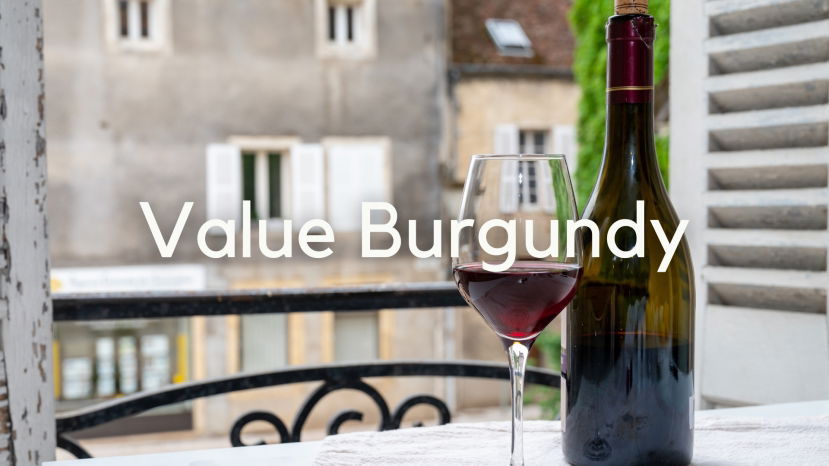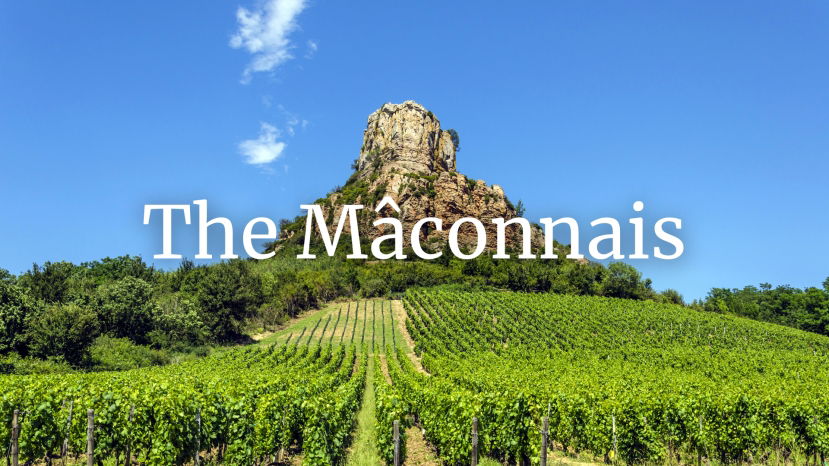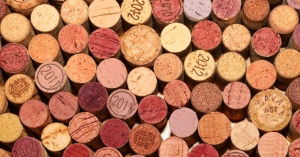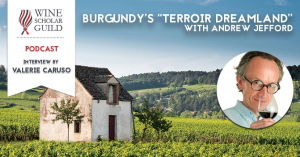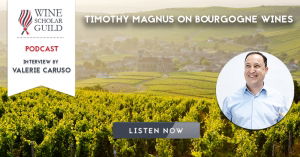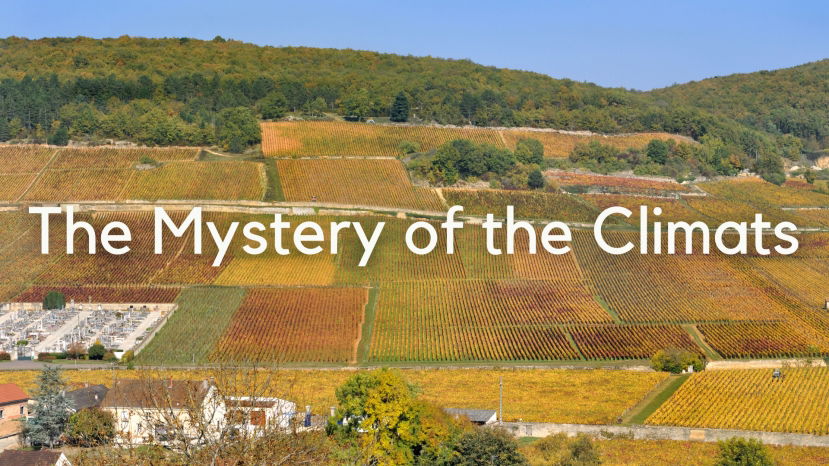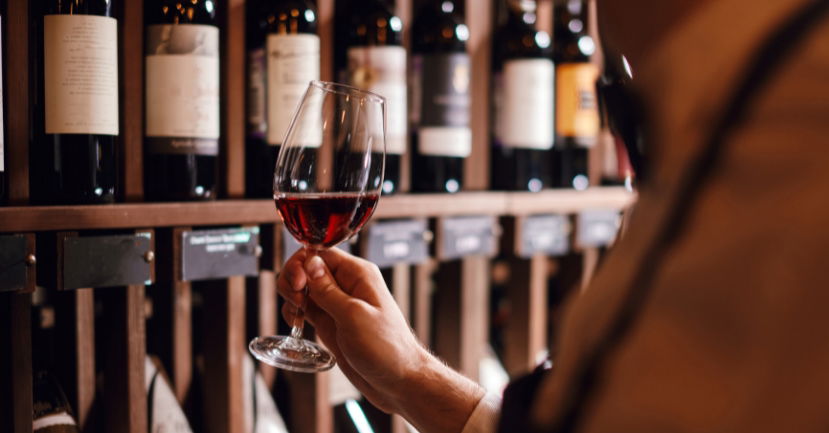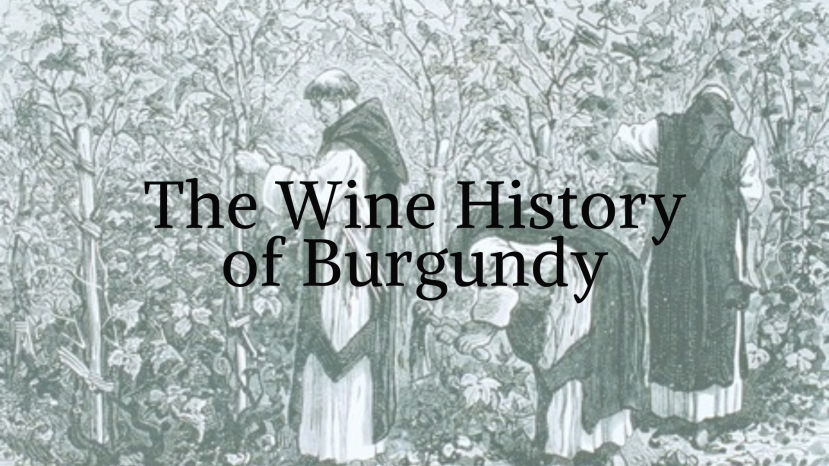BLOG
bourgogne
The white wines of France offer unrivaled perfection. With few exceptions, every vineyard growing white grapes is so planted not because reds won’t grow well there, but because whites will flourish. France’s white wines are not an afterthought or a consolation prize. These are vinous treasures worth exploring.
Bourgogne has applied some new math to count its AOCs. They have shed their claim to 100 AOCs and reorganized their appellations to fit within a count of 84.
Sadly, time has marched on, since the fantastic Bourgogne Immersion Trip I took with the Wine Scholar Guild lead by Andrew Jefford, October 23 – 28, 2016. Everyone on the trip was definitely a “wine nerd” but the group was composed of a mix of wine industry professionals, wine students of all levels that had “day jobs” and just wine appreciators. I had been on a few wine trips previously that were organized by friends or non-winegroups like Backroads (biking and wine). However, I had never gone on such a blockbuster, action-packed wine trip as this one. So for future participants here are 5 items to keep in mind so you have an incredible trip.
One of the most significant trends happening in Bourgogne today, is a movement towards sustainable, organic and biodynamic viticulture. Due to the warming of temperatures, increase in sunlight and shift in rainy season, there has been less vineyard mildew pressure, drier soil and earlier harvests. This change in climate, combined with the desire for a more ecologically sustainable growing model by Bourgogne producers, has led to the recent trend towards Green Farming.
I am pleased to share my Burgundy wine tour experience with the Wine Scholar Guild, as it was the trip of a lifetime. My wife and I arrived a couple of days early and enjoyed fine wine and dining in Paris before our quick train trip over to Beaune (via Dijon). We spent Sunday on our own, touring the Hospices de Beaune, wandering the city streets and having a lovely dinner.
Summary: The wines and terroirs from Meursault, Puligny-Montrachet, Chassagne-Montrachet are some of Bourgognes most legendary. But what are their similarities and differences? This WSG Live will explore some of the nuances between Bourgognes most renowned Chardonnay villages to help students better navigate between the three in terms of personality, wine style and terroir. Presenter: Robin Kick MW Originally from the Chicago area, Robin is a Master of
Summary: Chablis is very much its own place, part of Burgundy but in some ways quite different. Once frost protection methods were developed, previously precarious viticulture finally became viable. Chablis is now in the capable hands of a bright younger generation, inspiring a gentle evolution in their vineyard and cellars. Let us hope that climate change will not affect the unique style of the world’s most famous Chardonnay. Presenter:
Summary: Crémant de Bourgogne is the 3rd largest AOC in volume in Bourgogne after Chablis and Mâcon AOCs, comprising around 11% of the region’s wines. While it is generally considered a ‘modest appellation’, it was not always as such. Bourgogne’s ‘mousseux’ wines were amongst the most prized and sought-after in the region in the 19th century and the beginning of the 20th. This webinar
Summary: In Burgundy, the word "terroir" is frequently used to designate the subsoil which is thought to be responsible for the classification of the appellations from "regionales" to "grand cru. " This same subsoil is also thought to delineate the puzzling mosaic of "climats" which sculpt the hillside vineyards and influence the wines of the Cote de Nuits' characteristics. This WSG Live will explore the nature of this rock and see if it corresponds perfectly to the
Summary: Aligoté has been getting increasingly more attention in the last 10 years or so in Bourgogne by producers and drinkers alike due to a combination of factors, including climate change and massale selections. This webinar will focus on Bourgogne’s ‘Second White Grape’ by delving into its history, attributes, viticulture, winemaking, appellations and producers
Summary: Over the years I’ve had many discussions with people who insist that there’s little good value to be found in Burgundy. While I’d be the first to admit that the big names like Roumier & Rousseau are wildly overpriced, largely due to the speculation on the secondary market, I’ll never admit there’s not great value to be found if time and energy are invested searching for it.
In 2024 Wine Scholar Guild proudly announced the Albert Sheen Memorial Scholarship in memory of our dear friend and dedicated wine traveler, Albert Sheen. The scholarship application invited applicants to discuss the challenges of climate change in Bourgogne. We received a number of truly exceptional submissions and thank all our participants for their in-depth essays and perspectives. The selection committee has selected Marek Zelewski and is pleased to share his winning essay below. Marek has been awarded a seat on our upcoming Bourgogne Masters Immersion taking place in May 2024. Albert would have been honored to witness the positive energy and enthusiasm that this scholarship has ignited. A medium-acidity, off-dry, full-bodied white with aromas of baked yellow apple, starfruit, mango and ripe pineapple, pronounced notes of lemon curd, vanilla and pie crust, paired with elevated alcohol lingering on the palate. While it sounds delicious if one’s looking for a fun wine substitute for a tiki cocktail, hardly anybody would place this Chardonnay on the map anywhere close to Burgundy. However, given the predicted increase in its average temperatures (1), fast forward to 2050 and it could well be a glass of Mâconnais. While certainly not great for those taking blind-testing exams, the consequences of climate change for the French wine industry will be way more far-reaching.
Summary: The Mâconnais is the most southerly area of Bourgogne before one reaches Beaujolais and the Rhône Valley. The area produces some of the greatest value Chardonnay wines in the world but has long been overlooked with much more attention being lavished on its more prestigious northern neighbours in the Côte d’Or. With increasing prices and demand for the best white wines of the Côte d’Or and the elevation of 22
Every wine appellation in France has a cahier des charges, a set of regulations that delineates the production zone and specifies viticultural practices and production standards. In many instances, a single cahier des charges references one zone of production and multiple wine styles within it (e.g. Lirac red, white, and rosé; Rasteau dry red, plus red, white and rosé Vins Doux Naturels). Some single cahiers also incorporate complementary geographic denominations or dénominations géographiques complémentaires (DGCs) such as Languedoc Montpeyroux or Bourgogne Hautes Côte de Nuits. Other times, very different wines can be grouped under one single cahier as is the case for Beaujolais, Beaujolais Supérieur, Beaujolais + Named Commune, and Beaujolais-Villages.
Decanter’s Andrew Jefford talks with us about Burgundy’s “Terroir Dreamland” or the Côte d’Or.
Timothy Magnus, of Magnus Vinum in Zurich, is a Bourgogne Wines Official Ambassador, a Weinakademiker, and holds the WSET Diploma in Wine & Spirits. He will be teaching the Wine Scholar Guild’s first ever Master-Level Intensive in Beaune in May 2020.
Summary: The Châtillonnais is a small, lesser known wine region, located at the most northern end of the ‘département’ of the Côte d’Or and just south of the Côte des Bar, the most southern section of Champagne. Due to its proximity to Champagne and its isolation from other Burgundian regions, its history and wine styles are far more linked to its more northerly neighbor. This is a region where its
Summary: The 1,247 climats of Bourgogne were recognized as UNESCO World Heritage Sites in 2015, a well-deserved honor! In fact, there is no better illustration of the concept of terroir than its pure expression through the climats of Bourgogne. But wait... what is a climat? How is a climat different from a lieu-dit? This lecture will define the concept, evolution, and name origins of the climats, and explore the 2,000-year-old creative collaboration between nature and
The best way to make sense of French red wines is to simply start tasting them. France offers the perfect red wine for every occasion—from steak frites on Monday, to boeuf bourguignon with the in-laws on Sunday. Many of France’s best red wines are labeled with the name of the wine appellation, rarely by grape variety. If you’ve ever felt completely overwhelmed while browsing a French wine section, knowing just a few key wine names will help keep your shopping trip focused and ensure that you have the perfect wine to drink at a moment’s notice.
Summary: The history of Bourgogne wines is the story of a very specific collaboration, which defines the concept of Terroir. Join wine historian and Official Bourgogne Ambassador, Tanya Morning Star Darling to explore the Bourgogne region from the ancient, and dramatic geological events which created the soils, and Côtes, to the Romans, the Church, the Dukes, Napoleon, to the thousands of growers and producers that make up the diverse mosaic of wines that is Bourgogne.
Page 1 of 2
- 1
- 2


